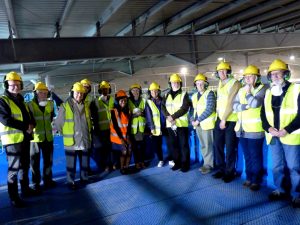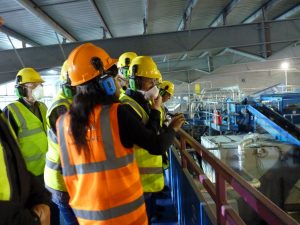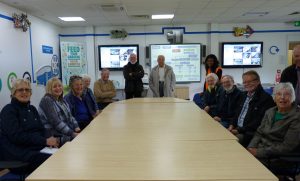For our July Group meeting Dr Geoffrey Mead from the University of Sussex talked to us about the ‘Quiet Corners of the Sussex Coast’. Dr Mead explained that Sussex has a varied coastline and in West Sussex the coast is low lying but in East Sussex there are bold cliffs of chalk and sandstone separated by sedimentary lowlands. The present coastline is very recent in origin and continues to evolve. In the past, coastal geomorphology linked to weather, seasons, coastal processes and tides, and the hand of man, have all contributed to dramatic changes in the position and configuration of the coast.
A few undisturbed sand dune and shingle habitats remain. Most of the surviving examples are designated as Sites of Special Scientific Interest (SSSI) such as West Wittering beach, Climping and Shoreham beach in West Sussex. East Sussex also has SSSI areas including Rye Bay, Rye Harbour, Camber Sands and Pett Level.
Many holiday homes were established along the Sussex coastline during the first half of the 20th century and although many were demolished during World War Two some have still survived. Many of the homes have been constructed from decommissioned railway carriages.
Dr Mead showed us photographs, taken in July and August, of some deserted beaches in East and West Sussex, proving that if you know where to look there are many ‘Quiet Corners of the Sussex Coast’.
In the second half of our meeting Tricia Hall delivered her Nature Notes and told us that the Rife is looking particularly attractive at the moment with Hog Weed, Great Willow Herb and Fleabane all in bloom. Tricia was pleased to say that Little Egrets, Herons, White Throat, Willow Warblers and a Kingfisher had been sighted. Also there have been 3 separate sightings of Water Voles.
News of planning issues followed with Ed Miller advising us that Peugeot had submitted a further planning application for an additional facility at their premises along the A259. A fresh planning application has been submitted for the Newview building in Ferring Street, similar in content to the original application but this time taking advantage of new Government guidelines.



